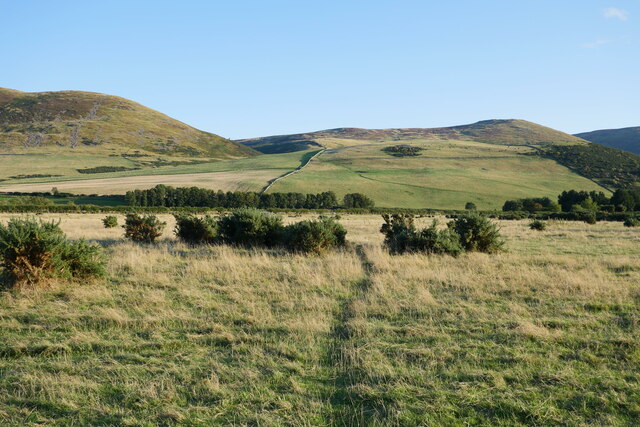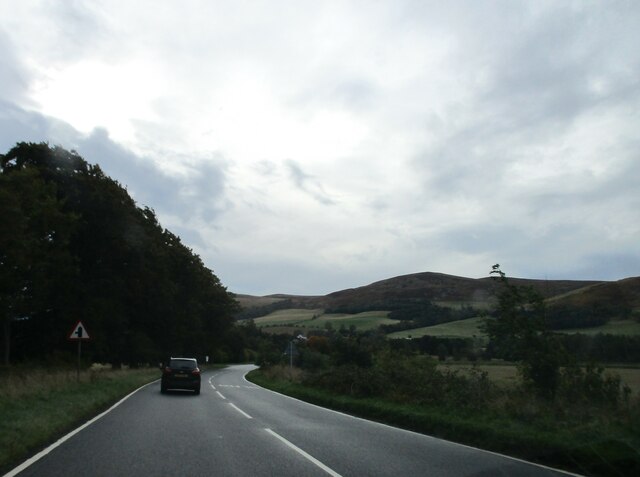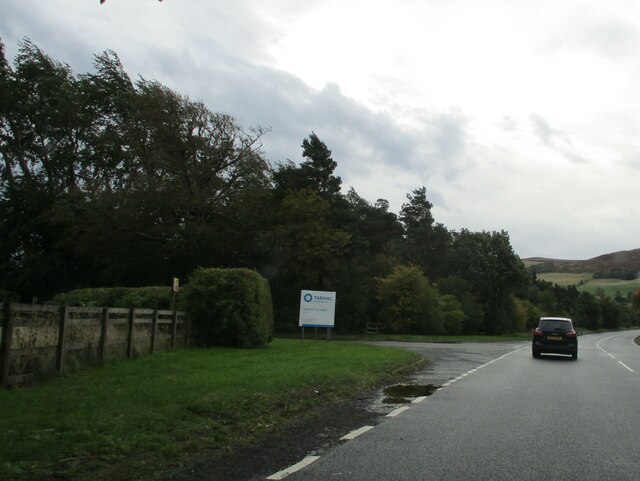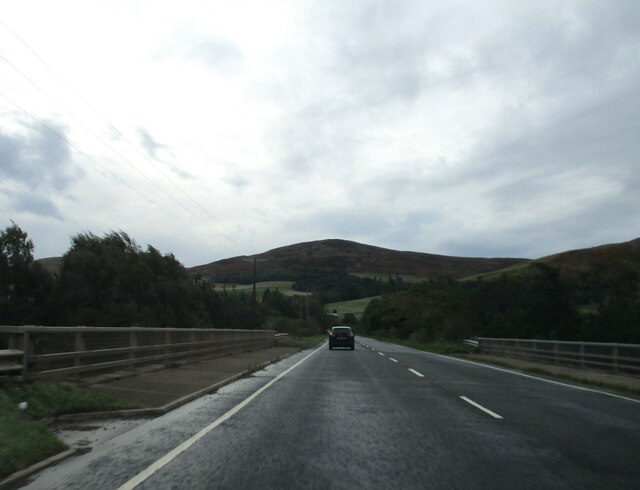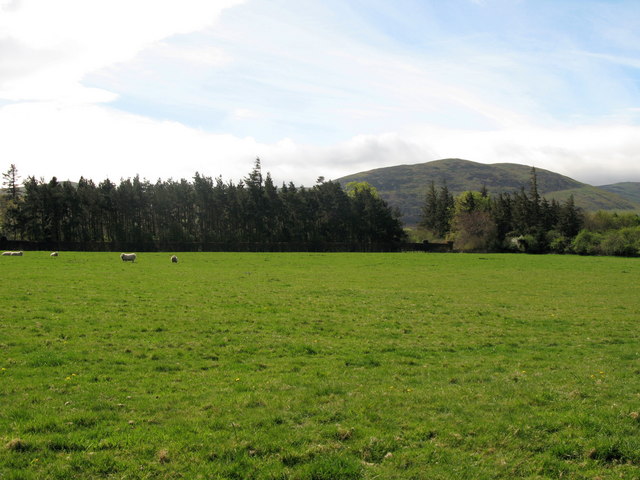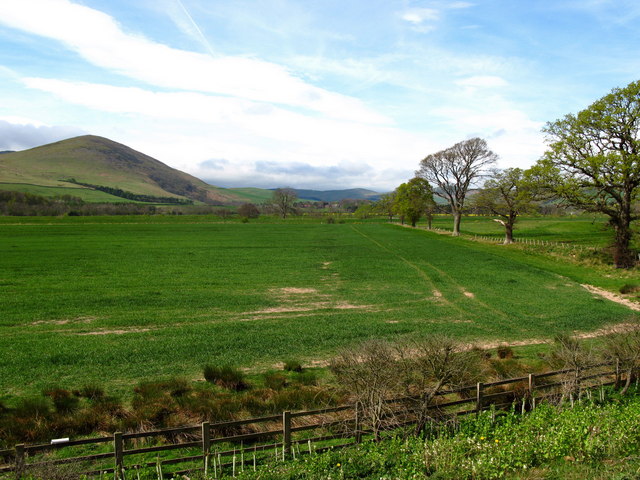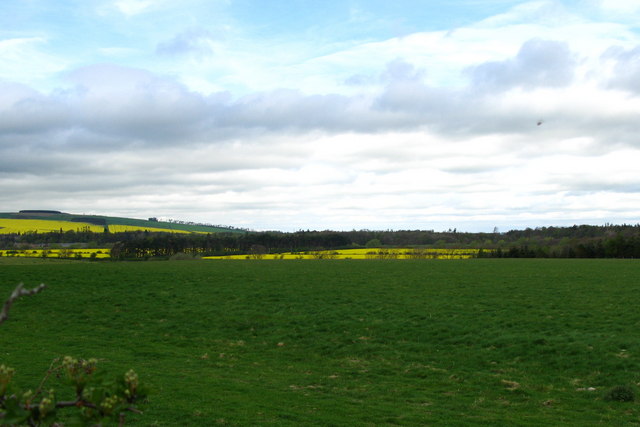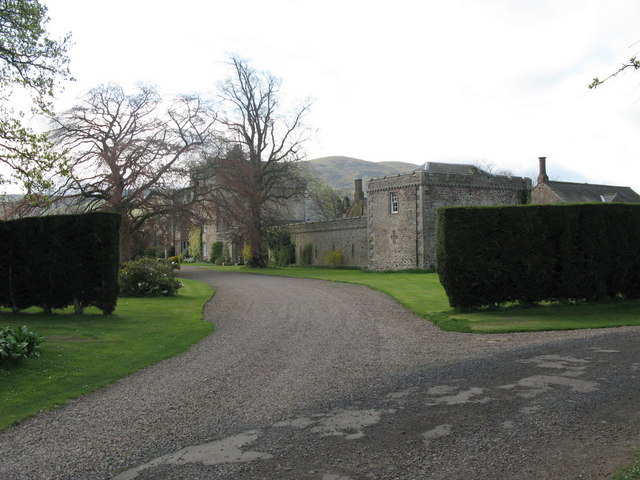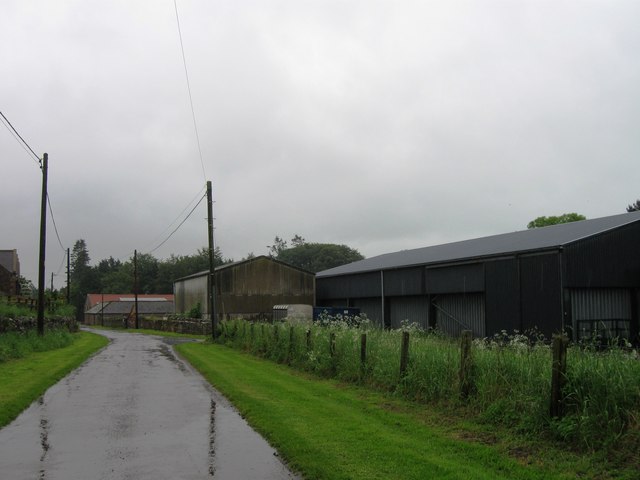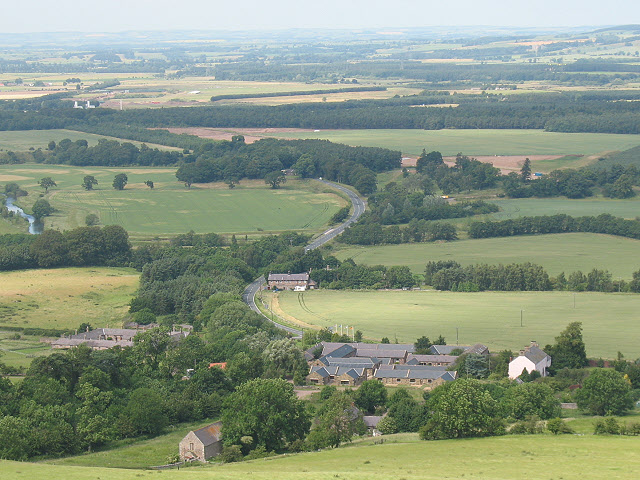Yeavering
Settlement in Northumberland
England
Yeavering

Yeavering is a small village located in the county of Northumberland, in the northeastern part of England. Situated near the River Glen, it is approximately 12 miles north of Wooler and 15 miles south of Berwick-upon-Tweed. The village is nestled within the scenic landscape of the Northumberland National Park, renowned for its natural beauty and historic sites.
One of the notable features of Yeavering is Yeavering Bell, a prominent hill standing at 361 meters above sea level. This hill is home to the remains of an ancient hillfort, which dates back to the Iron Age. The hillfort, known as Yeavering Bell Hillfort, is considered one of the largest and most important in Northumberland, covering an impressive area of 5 hectares.
The village itself is small and picturesque, with a population of just a few hundred residents. It primarily consists of a cluster of houses and cottages, showcasing traditional Northumberland architecture. The surrounding area is predominantly agricultural, with rolling hills and farmland stretching as far as the eye can see.
While the village is relatively secluded, it offers a tranquil and peaceful atmosphere for residents and visitors alike. It is a popular destination for those seeking outdoor activities such as hiking, cycling, and birdwatching. The nearby Northumberland National Park provides ample opportunities for exploring the stunning natural landscapes, including the Cheviot Hills and the River Glen.
In summary, Yeavering is a charming village in Northumberland, known for its ancient hillfort and idyllic countryside setting. It attracts nature enthusiasts and those seeking a peaceful retreat amidst the beauty of the Northumberland National Park.
If you have any feedback on the listing, please let us know in the comments section below.
Yeavering Images
Images are sourced within 2km of 55.566179/-2.1021985 or Grid Reference NT9330. Thanks to Geograph Open Source API. All images are credited.

![Medieval Pele Tower &quot;A long quadrangular house at Old Yeavering has walls five feet thick and is probably a medieval pele.
The building is now used as a farm outbuilding and is in reasonable condition.&quot;
Hence the reason for the independently supported roof.
Source: Heritagegateway.org.uk. (2012). Heritage Gateway - Results. Monument Number 3875. [online] Available at: <span class="nowrap"><a title="https://www.heritagegateway.org.uk/Gateway/Results_Single.aspx?uid=c4c0a494-2a11-418f-8a59-907a52a8cc6c&amp;resourceID=19191" rel="nofollow ugc noopener" href="https://www.heritagegateway.org.uk/Gateway/Results_Single.aspx?uid=c4c0a494-2a11-418f-8a59-907a52a8cc6c&amp;resourceID=19191">Link</a><img style="margin-left:2px;" alt="External link" title="External link - shift click to open in new window" src="https://s1.geograph.org.uk/img/external.png" width="10" height="10"/></span> [Accessed 21 Jun. 2022].](https://s1.geograph.org.uk/geophotos/07/20/59/7205989_3f408b45.jpg)



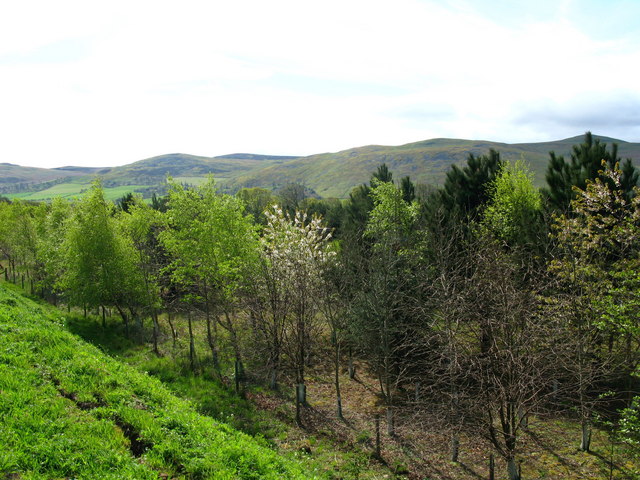
Yeavering is located at Grid Ref: NT9330 (Lat: 55.566179, Lng: -2.1021985)
Unitary Authority: Northumberland
Police Authority: Northumbria
What 3 Words
///reprints.snooping.decide. Near Kirknewton, Northumberland
Nearby Locations
Related Wikis
Yeavering
Yeavering () is a hamlet in the north-east corner of the civil parish of Kirknewton in the English county of Northumberland. It is located on the River...
Battle of Yeavering
The Battle of Yeavering (or Battle of Geteryne) was fought in 1415 between English and Scottish forces near Yeavering in Northumberland. A small English...
Coupland Castle
Coupland Castle is situated in the village of Coupland, 4 miles (6 km) to the north-west of Wooler, Northumberland, England. It is a Grade I listed building...
Coupland, Northumberland
Coupland is a village and former civil parish, now in the parish of Ewart, in Northumberland, England. It is on the north bank of the River Glen about...
Yeavering Bell
Yeavering Bell is a twin-peaked hill near the River Glen in north Northumberland, England, to the west of Wooler, and forming part of the Cheviot Hills...
Lanton, Northumberland
Lanton is a hamlet and former civil parish, now in the parish of Ewart, in the north of the county of Northumberland, near the town of Wooler, the Cheviots...
Akeld railway station
Akeld was a stone built railway station serving the hamlet of Akeld in Northumberland, England. It was on the Alnwick to Cornhill Branch which ran from...
Akeld
Akeld is a village and civil parish in Northumberland, England. It is situated around 2.7 miles (4.3 km) to the west of Wooler and 9.3 miles (15.0 km)...
Nearby Amenities
Located within 500m of 55.566179,-2.1021985Have you been to Yeavering?
Leave your review of Yeavering below (or comments, questions and feedback).
